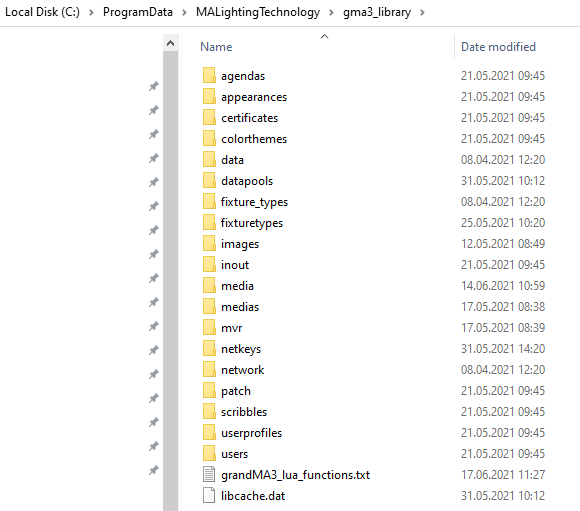
#LUA TABLE INSERT IN CLASS HOW TO#
In this quick and simple guide, we'll try to show you how to get started with a quick resource in Lua. As covered in this article, LuaCpp is abstracting all of this complexity and provides an interface that is very familiar to the C++ developer.Getting started with scripting for FiveM might be a tad overwhelming, given the wide range of possibilities and the sparsely spread documentation. Although Lua C APIs are not very complex, they still demand from the developer to fully understand the inner workings of the Lua virtual machine. Conclusion:Īdding scripting support to the existing C++ project brings huge flexibility and configurability to the developed application. This concept deserves its own separate article. This is a very powerful type, and the engine’s LuaMetaObject type is implemented based on this primitive type.
“LuaTUserData”: a special type that allows implementation of user-defined types. 
This follows the logic of the Lua Table implementation. The map can have a string or number as a key, and there is a special case when all the keys in the map are of type number, the map represents an array.
“LuaTTable”: a hybrid of array/map, which in C++ is implemented as a “std::map”. “LuaTNil”: a null type that is used by the Lua engine to signify a lack of value. “LuaTBoolean”: The equivalent of “ bool” in C++. Lua allows the LUA_TNUMBER (the internal Lua type of number) to be compiled as float, however, LuaCpp will contain to be presented in the C++ context as a double, which means that, in cases where Lua library is customized to define a number as a float, there could be loss of data due to precision. “LuaTNumber”: the equivalent of “double” in C++. “LuaTString”: The equivalent of “std::string” in C++. The LuaCpp provides the following types of variables that can be passed between the C++ and Lua context: Compile the Lua script (from string, file, or multiple files in a folder). Create shared variables and register them with the context. The above pattern allows for adding the scripting support to the C++ project for the majority of the cases. The context allows passing multiple variables from the C++ scope to Lua scope and vice versa. 
LuaCpp: It is a lightweight wrapper for Lua C APIs that provides access to the Lua library of two levels i.e., Accesses through high-level APIs that are hiding the complexity of the C APIs and the engine, and access to the Lua low-level APIs. However, this has changed with the Lua Cpp library.
It has out-of-box support for passing anonymous functions as arguments, map/ array as one concept called “table”, meta functions, and meta tables, allowing implementation of various programming paradigms, etc.ĭespite all the above advantages, Lua provides a very low-level C API which requires the developer to learn the internals of the Lua engine before he can use it in the applications. Lua has a simple, but very efficient, syntax. AS compared to other popular scripting platforms ( Python), Lua uses a much smaller memory footprint. In addition, Lua is bringing a JIT compiler, which is very fast and with a very small footprint. In version 2.0, Lua had a major restructuring which had lead toward significant performance gains. Its low footprint and superior speed as compared to other scripting frameworks. To complete your preparation from learning a language to DS Algo and many more, please refer Complete Interview Preparation Course. Want to learn from the best curated videos and practice problems, check out the C++ Foundation Course for Basic to Advanced C++ and C++ STL Course for the language and STL. ISRO CS Syllabus for Scientist/Engineer Exam. ISRO CS Original Papers and Official Keys. 
GATE CS Original Papers and Official Keys.







 0 kommentar(er)
0 kommentar(er)
